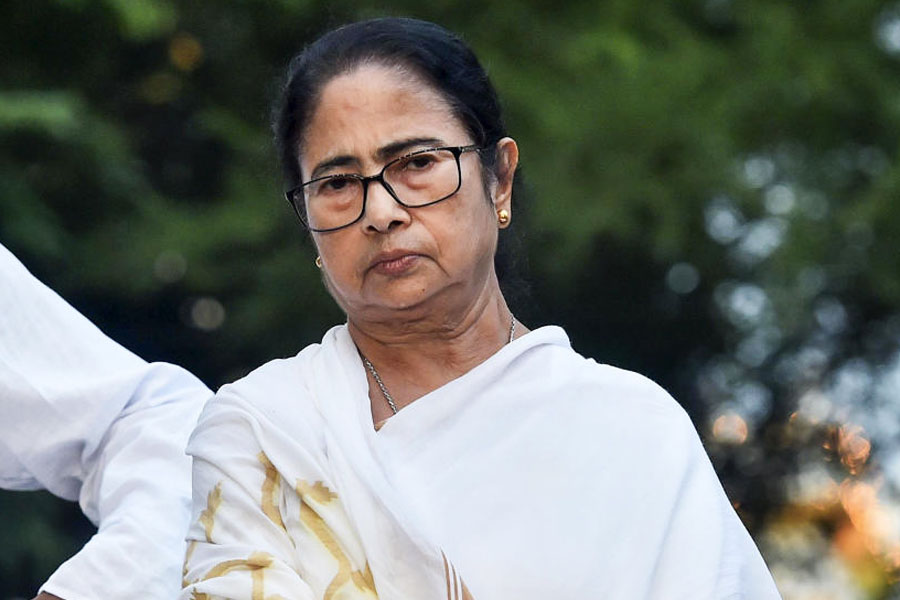 |
| FUTURE HOPE: If the Copyright Act is amended, composers may be able to cash in on the success of hit songs like Munni badnam hui; (below left) a still from Yamla, Pagla, Deewana |
market mantra
With marketing carving out 50-60 per cent of a movie’s budget, the need to track whether the hype is delivering has never been greater. Innovations in marketing and publicity will be a crucial gamechanger for films in the new age media era. For instance, UTV Motion Pictures built its marketing campaign around rallies for Rajneeti, a political thriller. Also, tools such as Marketing Effectiveness Research (MER) will measure the effectiveness of promotion campaigns for a film. “Tees Maar Khan had an MER score of 60 (out of 100) in its week of release, while We Are Family had 20,” says Siddharth Roy Kapur, CEO, UTV Motion Pictures. Such tools will become imperative for production houses to predict box office collections well in advance and plan accordingly.
name game
In 2011, the tussle within the industry over proposed amendments to the Copyright Act will become nastier. The change in the act, which would allow composers and lyricists to get a share of profits earned on their work, has split the industry down the middle. One leading producer insisted off the record that the government was taking a narrow view of the industry. Composers have been fighting for copyright of their work such as remixes and hits songs beyond one-time movie use. “We will challenge it in court,” warned the producer. Lalit Pandit, who composed Munni badnaam hui, is miffed he did not get a single penny from the song’s staggering success; reportedly it grossed Rs 108 crores.
going long on short
Short Form Films may be the next big thing as new age directors push the envelope to woo “the impatient generation.” “Eighteen to 35-year-olds have a preference for more snacky and short form content,” says Kapur. Look out for short format film content — typically 3-5 minutes - on non theatrical platforms such as mobile phones and multi-media which could bolster the revenue streams of producers.
flop? that's what?
From 52 weeks to weekend collections, the theatrical run time of a movie to judge the success of a film has been completely transformed. Opening weekend box office collections no longer decide the commercial fate of a film. Producers are able to recover upto 45 per cent of the production cost of a film through pre-sales deals which include satellite rights, music rights and home video rights. “Producers with multiple size films may be able to de-risk an entire slate of productions well in advance of their theatrical release,” says a studio honcho. A hit and a flop as defined by box office performance is a dead concept.
 |
| A still from Yamla, Pagla, Deewana |
region rules
No longer just Hindi — next year will see Bollywood producers make a play for the regional pie. While co-productions with South Indian producers have been a trend for several recent years, look out for more investment in Marathi, Bengali, Gujarati, Bhojpuri and Punjabi films. For instance, Bhojpuri films now average about 100 releases annually, have a good strike rate and are attracting Bollywood performers. Amitabh Bachchan and Mithun Chakrabarty have acted in them, with the latter’s film Shankar Bhole being the biggest all-time hit in Bhojpuri films. Studios, including international ones, are looking to tap more seriously into the local markets. The Deol men’s — Dharmendra, Sunny and Bobby —Yamla Pagla Deewana, which releases in January has already recovered a chunk of its cost from the Punjab territory.
whither scribe?
Trained scriptwriters will continue to be in short supply. “There is enormous writing talent in the industry but they are not trained in the craft of scripting and screenplay. One often gets concept notes, instead of a screenplay,” says scriptwriter Anjum Rajabali (Rajneeti). And yes, he agrees, there are not enough adequately trained people to read scripts.
world at home
A new generation of filmmakers are taking their cues from a cocktail of Hollywood, Bollywood and world cinema, says UTV’s Kapur. For instance, Love, Sex aur Dhoka was contemporary in its choice of subject, and reflected global sensibilities in its combination of being a digital film using a handheld camera and using mockumentary as a device to tell the story. The trend was also in evidence in films such as Udaan, Peepli [Live], Do Dooni Chaar, Phans Gaye Re Osama and Tere Bin Laden. Expect more of the same as multiplexes and theatre-goers crave more.
not to forget
Among other trends to watch out for is a longer catalogue of fare in 3D and 4D (which combines 3D with special physical effects). And with stars turning producers, pay packets will come back to earth instead of going stratospheric.










